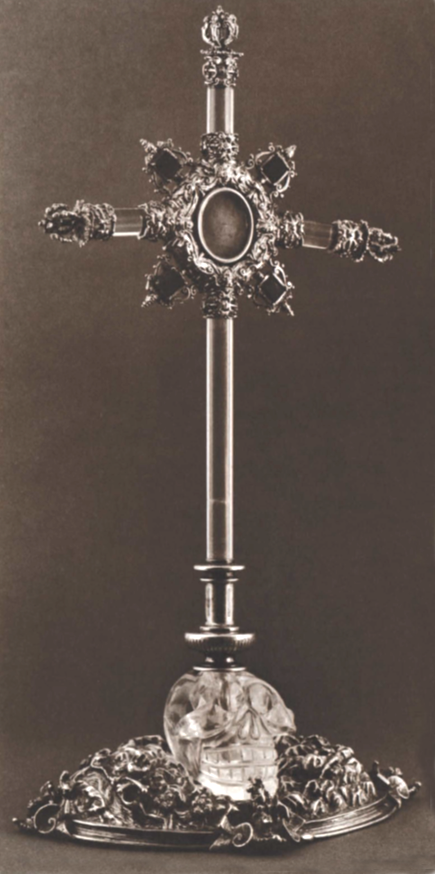RP4: Latin America (New Spain)
Bones, Blood and Power: Relics and Human Remains in the Shaping of Colonial Authority in New Spain (1519-1713)
This Regional Project (RP 4), initiated in November 2023, examines the role of Christian relics in early modern New Spain, focusing on their transfer, veneration, and impact on religious, political, and social dynamics. It explores how relics functioned as tools of power and representation – on the one hand reinforcing Catholicism and gradually legitimising Spanish colonial rule, on the other fostering ambitions for local and regional (religious) self-esteem and autonomy. By considering the intercontinental exchanges and transfers of human bones and related reliquaries and analysing the local cultural, political, aesthetic and economic dimensions of their veneration, this study offers an interdisciplinary perspective on evangelisation in New Spain. The project investigates to what degree the safeguarding, presentation, and veneration of Christian relics helped in shaping new rites, iconographies, and (maybe) identities in New Spain’s multiethnic colonial society and whether relics can be regarded as pioneering objects of early globalisation.
Acquiring Christian relics was a complex process, often involving requests to European or Holy Land authorities and connections with the clergy or pope. A notable event was the importation of 214 relics to the Jesuit College in Mexico City in 1578, which united the city’s population in grand All Saints’ Day festivities. The acceptance of this immense gift of relics initially seems to have gone hand in hand with a confirmation of the Mexican church’s dependence on Rome. The imported bones of the early Christian Roman martyrs, which were available in large numbers in the same year due to the discovery of new catacombs in Rome, were intended to sanctify the soil of the American continent.
Nevertheless, there were never enough of these relics, and, furthermore, the New Spanish authorities and the population strived for their own saints. Throughout the 16th and 17th centuries, New Spain’s episcopates promoted relic veneration to enhance the region’s stature within Christianity, often in rivalry with secular institutions. This competition was driven by concerns of power and salvation, with Spanish and creole elites seeking Vatican recognition for local saints to gain (global) status. This oftentimes led to cultural negotiations around the worship and presentation of human bones. Interesting cases include, for example, the mortal remains of the Franciscan Martín de Valencia (1474–1534), veneration of which was taken up by Indigenous people even before the brothers of his order, as well as a crystal skull from precolonial time that was integrated as a base of a reliquary cross, symbolising the Golgotha (Fig. 1).
The research project adopts a multidisciplinary approach, integrating the analysis of material and written sources. Fieldwork in key locations in New Spain will document existing relics, reliquaries, related artworks, and architectural sites, as their cataloguing still seems to be missing (despite the efforts currently made by Antonio Rubial García, Gabriela Sánchez Reyes, and Montserrat Báez Hernández, to name only a few). Comparative analysis across regions – in New Spain as with other regional projects of GLOBO – should reveal patterns of cultural negotiation, resistance, and hybridisation, providing a richer understanding of the complex religious landscape of the new Iberian territories and how relics shaped spaces for these social processes.

